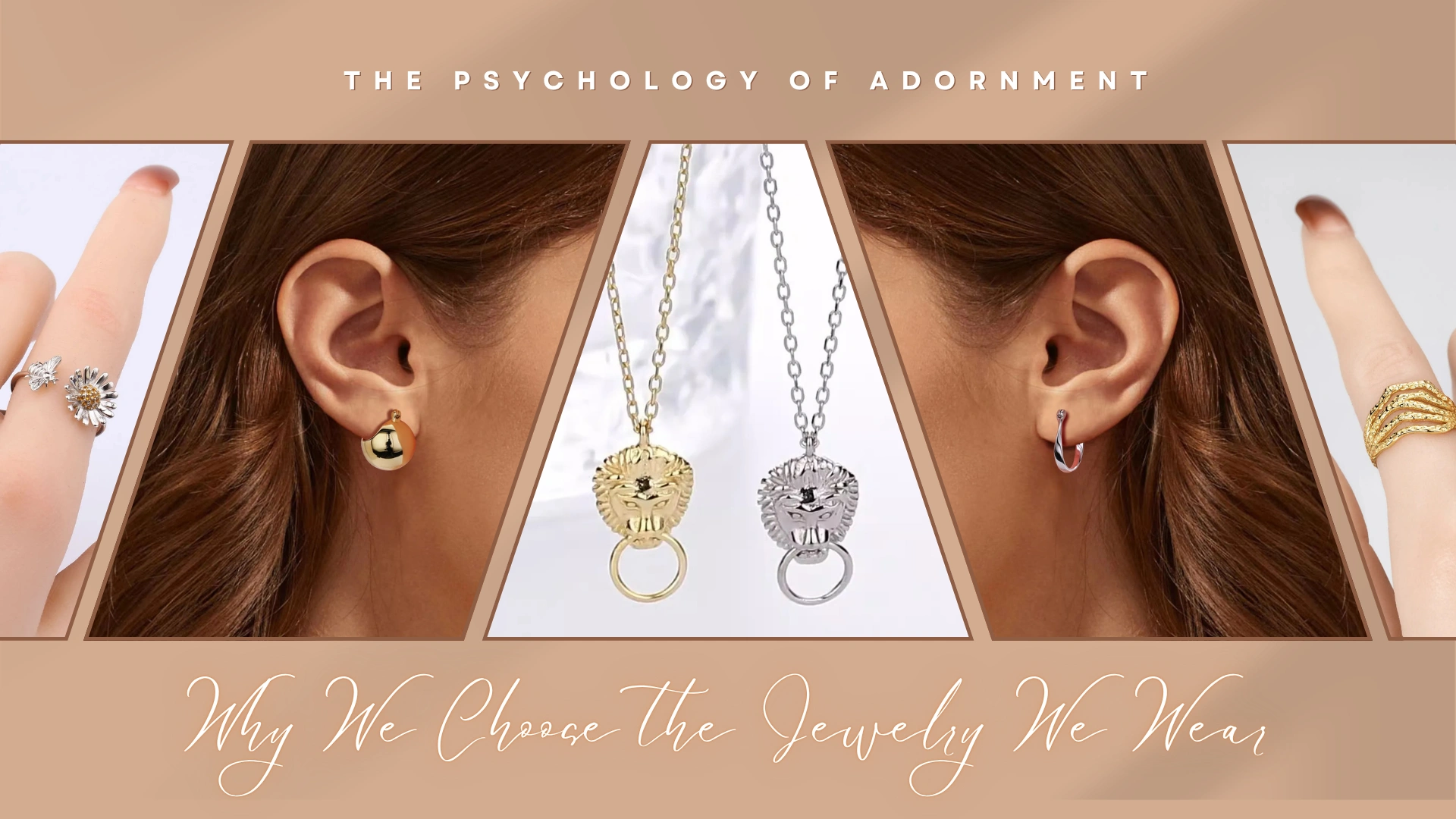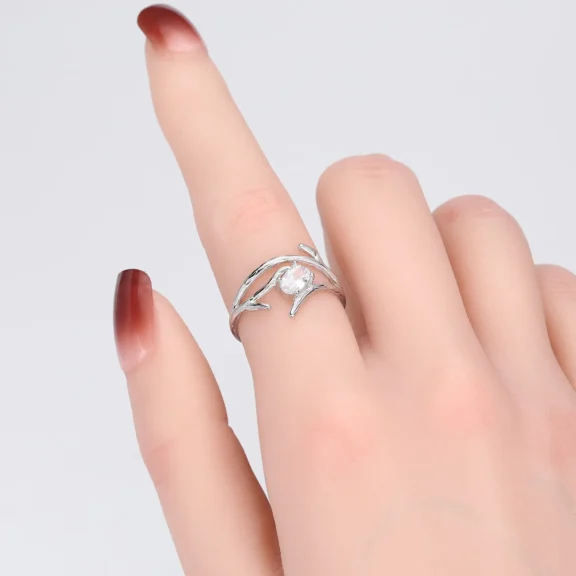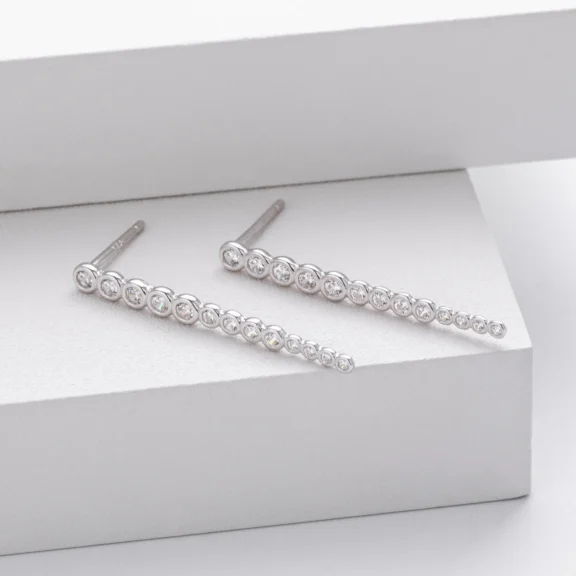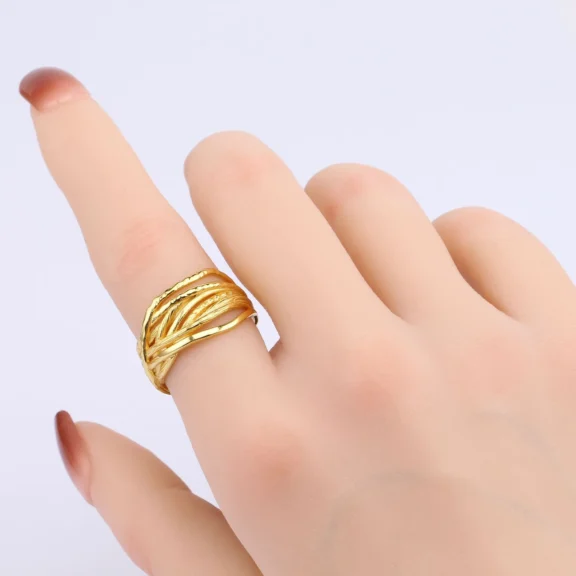From ancient civilizations to modern society, jewelry has always been more than decoration. It’s a statement, a memory, and a reflection of who we are. The Psychology of Adornment explores this deep human connection — the reasons why we instinctively choose certain pieces and how they communicate our identity, values, and emotions.
Jewelry is a silent language. Whether it’s a simple silver band, a diamond pendant, or a handmade bracelet, each piece speaks about how we see ourselves and how we wish to be seen.
The Psychology of Adornment is rooted in emotion. Jewelry often carries stories — a ring from a loved one, a necklace celebrating success, or earrings symbolizing confidence. We wear these pieces not just for beauty, but to relive moments and preserve meaning.
Psychologists suggest that jewelry satisfies two emotional needs: belonging and individuality. It connects us to people, places, and experiences, while also expressing our unique identity.
Across time and geography, jewelry has served as a powerful cultural symbol. In many traditions, it signifies status, spirituality, and heritage. The Psychology of Adornment highlights how adornment bridges the personal and collective — uniting history, craftsmanship, and identity.
For example, gold jewelry often symbolizes power and permanence, while silver reflects clarity and modernity. Gemstones carry symbolic meanings — sapphire for wisdom, emerald for harmony, ruby for passion. These associations influence our choices, whether we’re aware of them or not.
Why do some prefer bold statement pieces while others love minimalist designs? The answer lies within The Psychology of Adornment. Extroverted personalities may gravitate toward colorful and eye-catching pieces that command attention. Introverted individuals, by contrast, often choose subtle, refined jewelry that reflects calm and composure.
Our jewelry choices mirror our psychological traits — confidence, sentimentality, creativity, or discipline — transforming every accessory into an extension of our inner world.
Jewelry also interacts with the subconscious mind. The materials, textures, and colors we choose can influence how we feel. Gold evokes warmth and vitality, silver soothes and balances, while gemstones inspire emotional energy. According to The Psychology of Adornment, this sensory relationship explains why certain pieces instantly make us feel “complete.”
The simple act of putting on jewelry can shift mood, improve focus, or inspire courage. It’s not vanity — it’s connection, ritual, and empowerment.
In today’s world, adornment is no longer limited by gender, tradition, or formality. Modern consumers seek jewelry that aligns with lifestyle and values — sustainable materials, ethical production, and timeless design. The Psychology of Adornment in the modern era emphasizes choice — jewelry as both an ethical statement and a personal manifesto.
Wearing custom or handcrafted jewelry allows individuals to express authenticity and mindfulness, reflecting the balance between self-expression and conscious living.
The Psychology of Adornment reveals that what we wear holds emotional depth. Jewelry connects our past, enhances our present, and shapes how we present ourselves to the world. It’s an art form of emotion — delicate, powerful, and timeless.
In every ring, chain, or pendant lies more than craftsmanship — there lies a story, a sentiment, and a glimpse into the soul of the wearer. The beauty of adornment, therefore, is not only what we see but what we feel.











